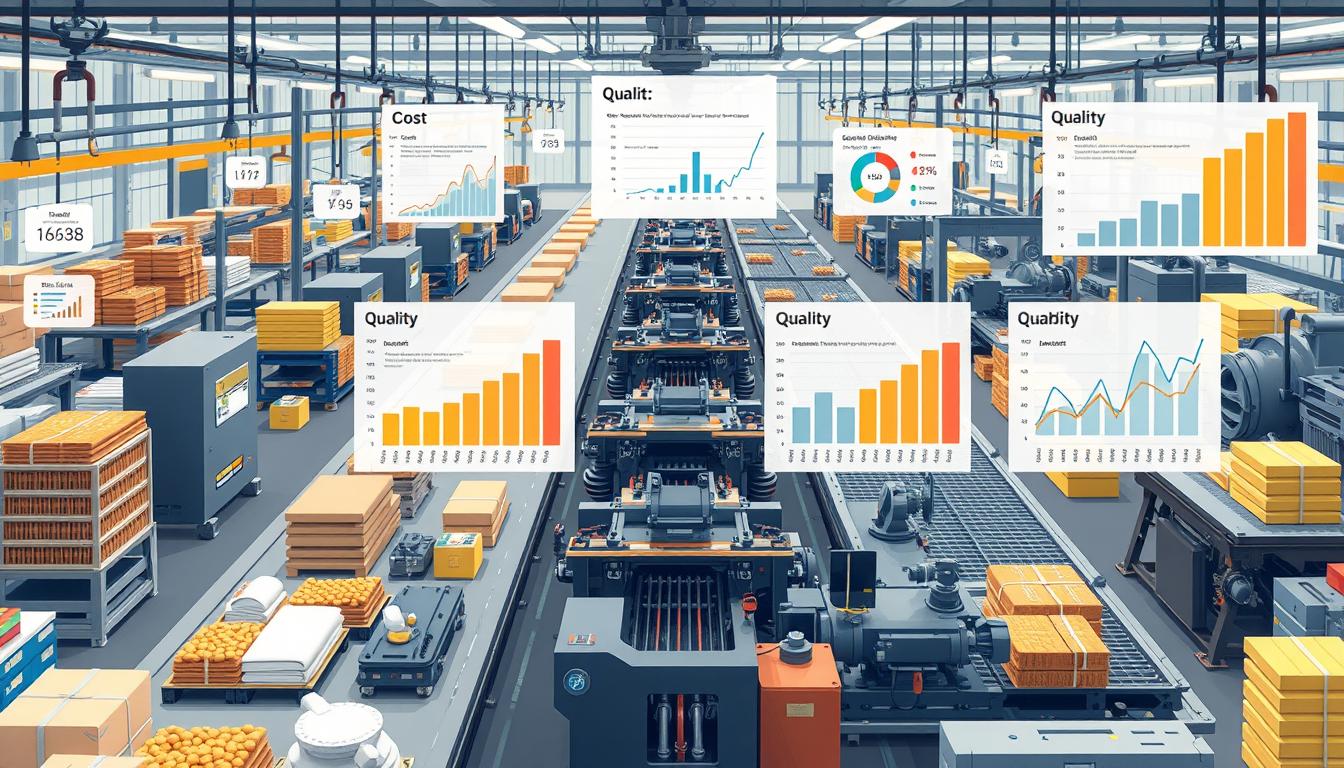Andrew Carnegie's insights on wealth remind you that financial success comes with responsibility. He believed that the rich should give back, funding libraries and education to uplift communities. Carnegie emphasized sustainable philanthropy, focusing on long-term impact rather than temporary relief. He taught that personal influence can spark meaningful change, advocating for talent over mere capital as a driver of innovation. Embracing progress and collaboration is key to societal growth. By adopting these principles, you can create positive ripples in your community. Interested in uncovering more of Carnegie's wisdom and how it applies to today's world? There's much more to explore.
Key Takeaways
- Wealth should be accompanied by a responsibility to uplift communities and support those in need through innovative philanthropy.
- Education is a vital catalyst for social progress and should be prioritized in philanthropic efforts to empower individuals.
- Talent drives innovation; recognizing and nurturing skilled individuals leads to resilient organizations and sustainable growth.
- Trust in leadership is essential; fostering open communication and valuing team members enhances collaboration and collective success.
Andrew Carnegie's Legacy

Andrew Carnegie's legacy isn't just about the immense wealth he amassed; it's also defined by his groundbreaking philanthropic vision that continues to inspire generations.
You can see his impact through the countless libraries, universities, and cultural institutions he funded, believing that education was the key to social progress.
Carnegie championed the idea that the wealthy have a responsibility to give back, encouraging you to contemplate how your resources can benefit society.
His innovative approach to philanthropy set the stage for modern charitable practices, emphasizing sustainability over mere handouts.
As you reflect on his contributions, you might find motivation to create your own legacy of giving, understanding that true wealth lies in the positive change you facilitate for others.
The Philosophy of Wealth

The philosophy of wealth emphasizes that financial success should come with a profound sense of responsibility to use resources for the greater good. You've got the opportunity to make a difference, and understanding this can guide your actions.
Here are three key principles to reflect upon:
- Philanthropy: Wealth isn't just for personal gain; it should uplift communities and support those in need.
- Legacy: Think about how your financial decisions today will impact future generations and contribute to societal progress.
- Empowerment: Endeavor to create sustainable solutions that enable others to improve their circumstances rather than just providing temporary relief.
Embracing Progress Over Nostalgia

Progress brings opportunities for growth and improvement that often overshadow the allure of nostalgia for a past that may not have been as ideal as we remember.
By focusing on advancements, you can access new possibilities and enrich your life. Embracing progress means recognizing that today's challenges often lead to innovative solutions that enhance your circumstances.
While it's natural to reminisce about “the good old days,” it's essential to acknowledge the improvements that have come with change. Society has evolved, and so have the tools and resources at your disposal.
Instead of yearning for what was, channel your energy into creating a better future. Your willingness to embrace progress can inspire others and foster a culture of continuous improvement.
Time Management for Success

Effective time management is essential for achieving success, as it allows you to focus on your priorities and maximize productivity. By mastering this skill, you can create opportunities for growth and accomplishment.
Here are three strategies to enhance your time management:
- Set Clear Goals: Define short-term and long-term objectives to guide your daily tasks and decisions.
- Prioritize Tasks: Use tools like the Eisenhower Matrix to distinguish between urgent and important tasks, ensuring that you address what truly matters.
- Limit Distractions: Identify and minimize interruptions—whether from technology or environment—to maintain your focus and efficiency.
Building Trust in Leadership

Building trust in leadership requires a genuine understanding of team dynamics and open communication. You need to take the time to know your team members, recognizing their strengths, weaknesses, and aspirations.
By fostering an environment where everyone feels valued and heard, you create a foundation of trust. Encourage transparent conversations, where feedback flows both ways. When team members feel safe sharing their thoughts and concerns, it enhances collaboration and innovation.
Show consistency in your actions; when your words align with your deeds, trust deepens. Remember, trust isn't built overnight. It's a continuous effort that requires patience, empathy, and commitment.
Valuing Talent Over Capital

Valuing talent over capital can lead to more innovative solutions and sustainable growth in any organization. When you prioritize skilled individuals, you're not just investing in people; you're investing in the potential for groundbreaking ideas and success.
Here are three reasons to embrace this mindset:
- Innovation: Talented individuals often bring fresh perspectives that can revolutionize products and services.
- Adaptability: A skilled team is more agile, able to pivot and respond to market changes effectively.
- Long-term Growth: By nurturing talent, you create a culture of continuous improvement, ensuring your organization thrives even in challenging times.
Recognizing talent as your greatest asset allows you to build a resilient, forward-thinking organization that can outlast any financial investment.
The Role of Personal Impact

Personal impact shapes not only individual lives but also the broader community, fostering meaningful change through collective efforts.
You have the power to influence those around you, whether through your actions, words, or choices. Each small effort contributes to a larger movement, inspiring others to join in.
When you focus on making a positive difference, you create a ripple effect that can lead to significant societal advancements. Recognizing your role in this process is essential; your unique skills and experiences can drive progress.
Embrace the responsibility of personal impact and endeavor to uplift others. Remember, change begins with you, and your contributions can inspire a culture of cooperation and improvement within your community.
Philanthropy and Wealth Responsibility

Recognizing your ability to create positive change naturally leads to a conversation about the responsibilities that come with wealth and the importance of philanthropy in shaping a better society.
Embracing this responsibility means you can influence lives and communities, ensuring your wealth serves a greater purpose.
Here are three key aspects to reflect on:
- Empowerment through Education: Investing in education fosters growth and self-sufficiency in individuals and communities.
- Sustainable Solutions: Focus on long-term impact rather than quick fixes to societal issues, enhancing resilience.
- Community Engagement: Actively involve local communities in decision-making to address their unique needs effectively.
What lessons can be learned from Panasonic’s journey that align with Andrew Carnegie’s insights on wealth?
Panasonic’s inspiring journey reflects many insights on wealth shared by Andrew Carnegie. The company’s commitment to innovation and quality, as well as its investment in its employees and communities, align with Carnegie’s belief in using wealth for the greater good. Their journey exemplifies these timeless lessons.
Conclusion
In embracing Andrew Carnegie's principles, you can transform your wealth into a powerful force for good.
Imagine a successful entrepreneur who, inspired by Carnegie, dedicates a portion of their profits to fund education for underprivileged children. By doing so, they not only uplift individuals but also strengthen communities, creating a ripple effect of positive change.
As you reflect on your own financial journey, consider how you can harness your resources to make a meaningful impact in the world.









